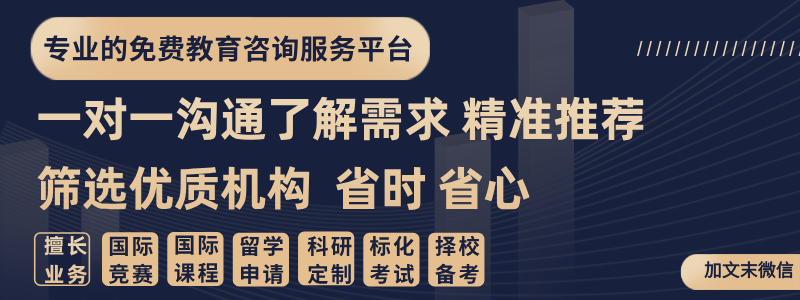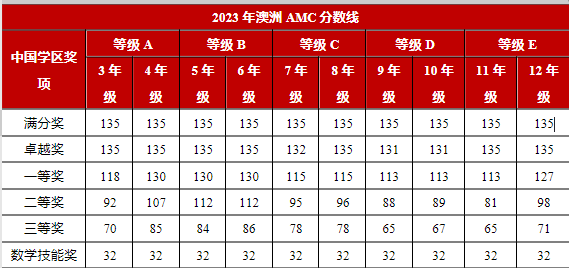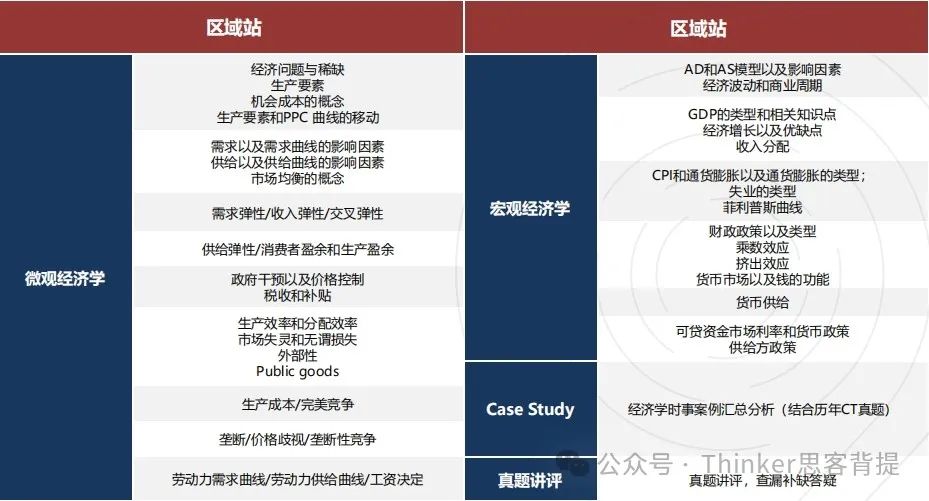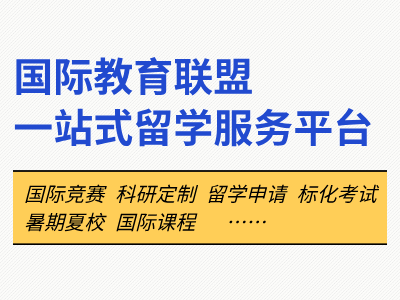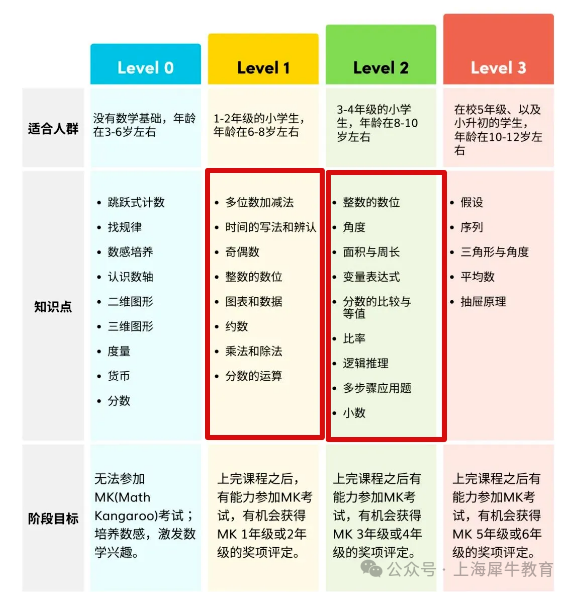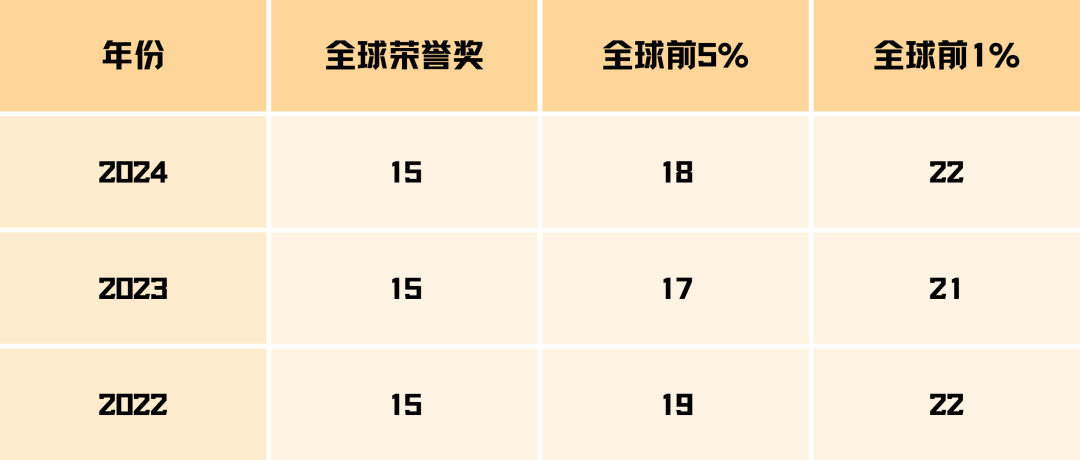今天要跟大家分享的是IGCSE经济demand and demand curve部分的详细笔记。
Demand
Demand is the want and willingness of consumers to buy a good or services at a given price.Effective demand is where the willingness to buy is backed by the ability to pay. For example, when you want a laptop but you don’t have the money, it is called demand. When you do have the money to buy it, it is called effective demand.
Individual demandis the demand from one consumer, whilemarket demandfor a product is the total (aggregate) demand for the product, or the sum of all individual demands of consumers).
The law of demandstates thatan increase in price leads to adecrease indemand, and a decrease in price leads to an increase in demand.
Demand curve
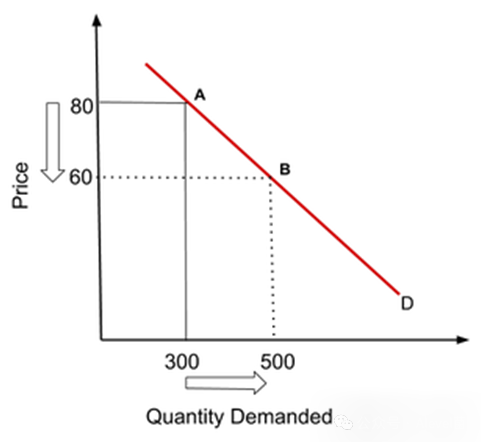
This is an example of a demand curve for Coca-Cola.Here, a decrease in price from 80 to 60has increased its demand from 300 to 500.
The increasein demand due to changes in price (without changes in other factors) is called an extension in demand. Here the extension in demand is from A to B.
In the above example, an increase in price from 60 to 80, will decreased the demand from 500 to 300. The decrease in demand due to the changes in price (without changes in other factors) is called a contraction in demand. Here the contraction in demand will be from B to A.
Shifts indemand curve
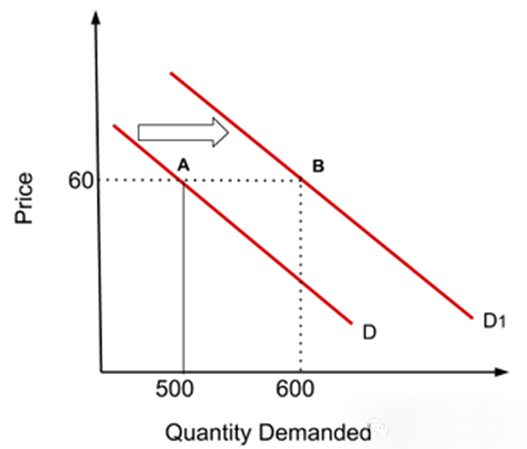
In this example, there is a rise in the demand of Coca-Cola from 500 to 600, without any change in price.
A rise in the demand for a product due to the changes in other factors (excluding price)causes the demand curve to shift to the right (from A to B).
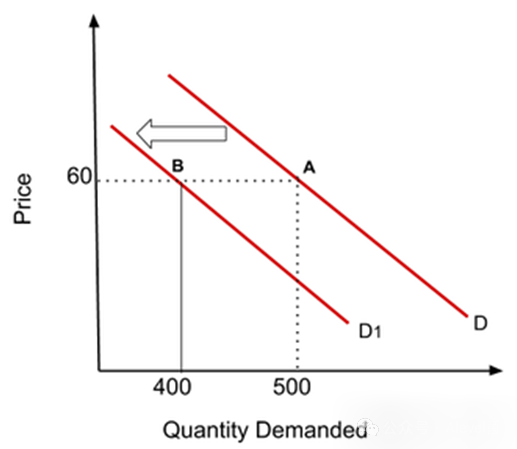
In this example, there is a fallin demand of Coca-Cola from 500 to 400, without any change in price.
A fall in demand for a product due to the changes in other factors (excluding price)causes the demand curve to shift to the left (from A to B).
造成demand curve shifts的原因
·Consumer incomes: a rise in consumers’ incomes increases demand, causing a shift to right. Similarly, a fall in incomes will shift the demand curve to the left.
·Taxes on incomes:a rise in tax on incomes means less demand, causing a shift to the left; and vice versa.
·Priceof substitutes:Substitutesare goods that can be used instead of a particular product. Example: tea and coffee are substitutes (they are used for similar purposes). A rise in the price of a substitute causes a rise in the demand for the product, causing the demand curve to shift to the right; and vice versa.
·Price of complements:Complementsare goods that are used along with another product. For example, printers and ink cartridges are complements. A rise in the price of a complementary good will reduce the demand for the particular product, causing the demand curve to shift to the left; and vice versa.
·Changes in consumer tastes and fashion:for example, the demand for DVDs have fallen since the advent of streaming services like Netflix, which has caused the demand curve for DVDs to shift to the left.
·Degree of Advertising: when a good is very effectively advertised (Coke and Pepsi are good examples), its demand rises, causing a shift to the right. Lower advertising shifts the demand curve to the left.
·Change in population: A rise in the population will raise demand, and vice versa.
·Other factors, such as weather, natural disasters, laws, interest rates etc. can also shift the demand curve.


